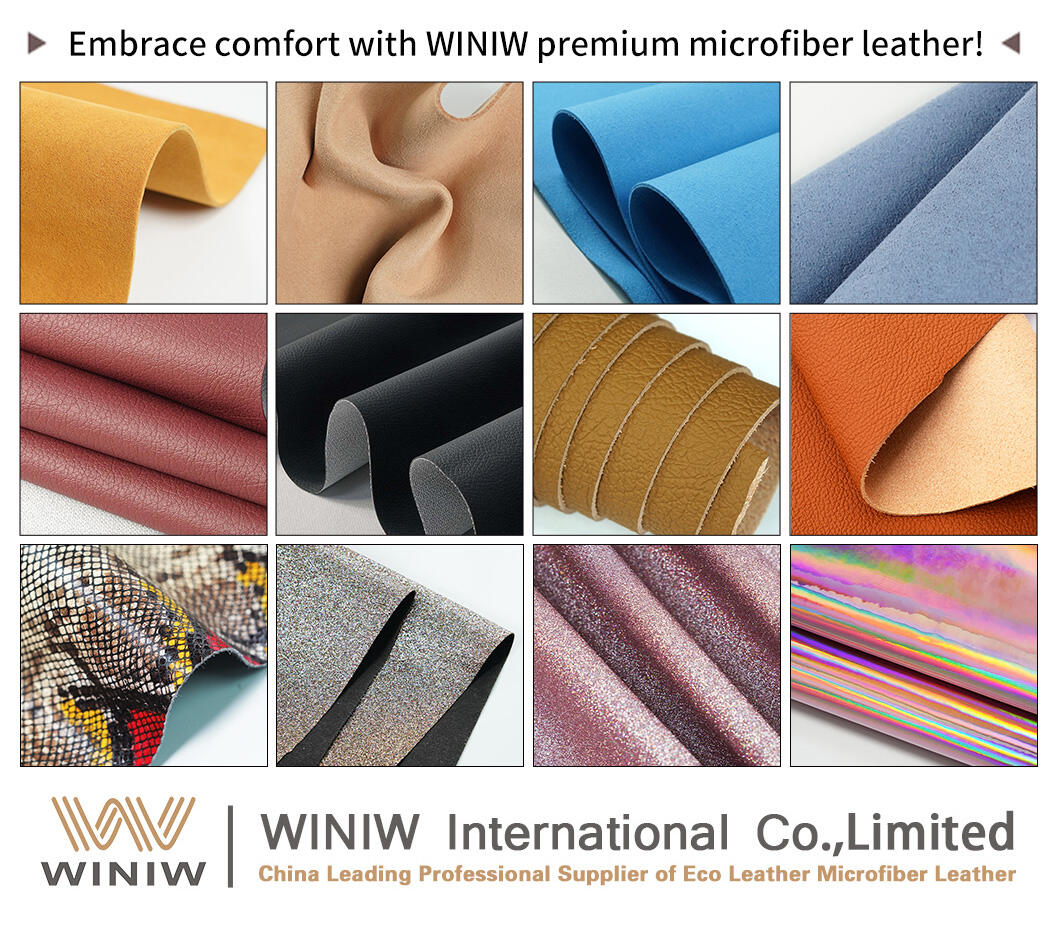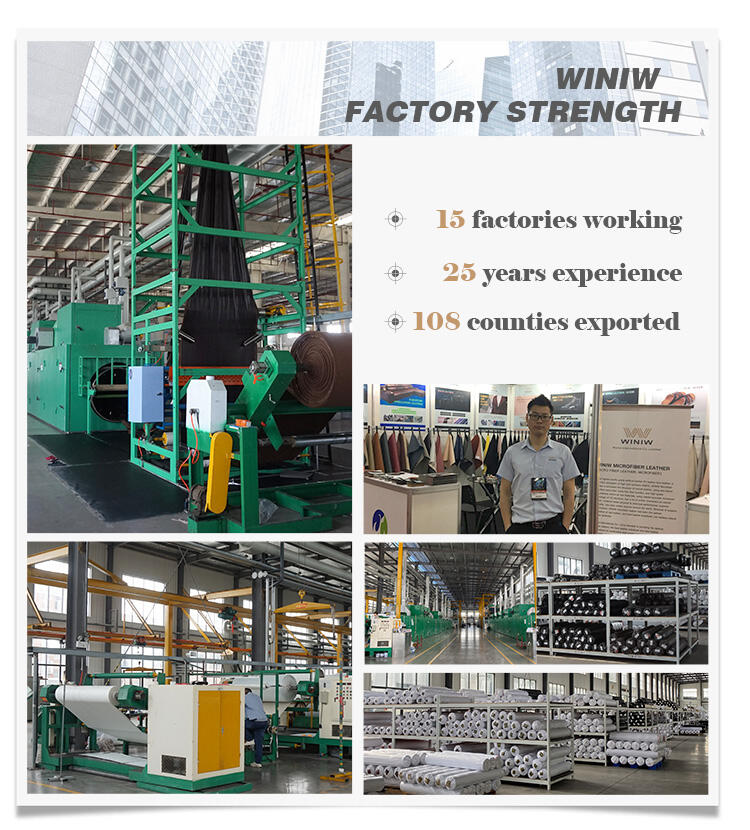In the vast world of materials used for fashion, furniture, and various accessories, the term "leather" often evokes images of luxury, durability, and a touch of elegance. However, when you stumble upon "PU leather," a question naturally arises: Is it truly 100% leather? To demystify this popular material, let's dive into the origins, characteristics, and differences between PU leather and genuine leather.
What is PU Leather?
PU leather, short for Polyurethane leather, is a synthetic material designed to mimic the appearance and, to some extent, the texture of genuine leather. Developed as an alternative to traditional leather, PU leather combines the aesthetic appeal of leather with more affordable pricing and increased versatility in manufacturing.
Polyurethane, the base component of PU leather, is a polymer created through a chemical reaction between polyols and diisocyanates. This material can be molded and textured to resemble various types of leather, from smooth, shiny finishes to more rugged, textured surfaces. Manufacturers can also adjust the thickness, flexibility, and even the color palette to meet diverse design needs.

The Difference Between PU Leather and Genuine Leather
Origins:
- Genuine Leather: Derived from the hides and skins of animals, primarily cows, but also including sheep, goats, and exotic species. Each hide has its unique markings, textures, and imperfections, contributing to its authenticity and character.
- PU Leather: Entirely synthetic, made from petroleum-based chemicals through a manufacturing process that can be highly controlled for consistency in appearance and quality.
Environmental Impact
- Genuine Leather: The production of genuine leather involves the tanning process, which can have environmental implications, including the use of harmful chemicals and the ethical considerations surrounding animal farming.
- PU Leather: While PU leather avoids the ethical concerns of animal products, its production relies on petrochemicals, contributing to its carbon footprint. Additionally, PU leather is not biodegradable.
Durability and Maintenance
- Genuine Leather: Known for its durability and ability to develop a patina over time, genuine leather can last for decades with proper care. It's relatively easy to clean and condition, maintaining its softness and appearance.
- PU Leather: Often more affordable in the short term, PU leather may not offer the same longevity as genuine leather. It's susceptible to cracking, fading, and wearing out more quickly, especially when exposed to extreme temperatures or UV rays. Maintenance typically involves using mild cleaners and avoiding harsh chemicals.
Aesthetic and Feel
- Genuine Leather: Offers a natural, breathable surface with a rich, supple feel. The variety in textures and colors is a direct result of the animal hide's unique characteristics.
- PU Leather: Can be highly realistic in its appearance, often difficult to distinguish from genuine leather at first glance. However, the synthetic feel can be noticeable upon closer inspection or touch, lacking the warmth and breathability of real leather.
Is PU Leather 100% Leather?
The short answer is no. PU leather is not 100% leather; it is a synthetic material designed to imitate leather. While it captures many of the visual cues of genuine leather, its composition, properties, and environmental impact differ significantly.
When to Choose PU Leather?
Despite not being genuine leather, PU leather has its place in the market due to its affordability, versatility, and ability to meet specific design needs. It's ideal for:
- Budget-conscious consumers looking for a leather-like aesthetic.
- Applications where durability is less of a concern, such as temporary or seasonal fashion items.
- Vegan or cruelty-free consumers seeking leather alternatives.
- Projects requiring specific colors, textures, or finishes that may be harder to achieve with genuine leather.
Conclusion
Understanding the difference between PU leather and genuine leather is crucial for making informed purchasing decisions. While PU leather offers a cost-effective and ethical alternative to genuine leather, it lacks the durability, natural feel, and potential for long-term patina development that genuine leather is renowned for. Whether you opt for the authenticity of genuine leather or the affordability and versatility of PU leather, choosing the right material ultimately depends on your personal values, needs, and budget.
So, the next time you're faced with the question "Is PU leather 100% leather?" you can confidently share your newfound knowledge on this fascinating material.

 EN
EN










































